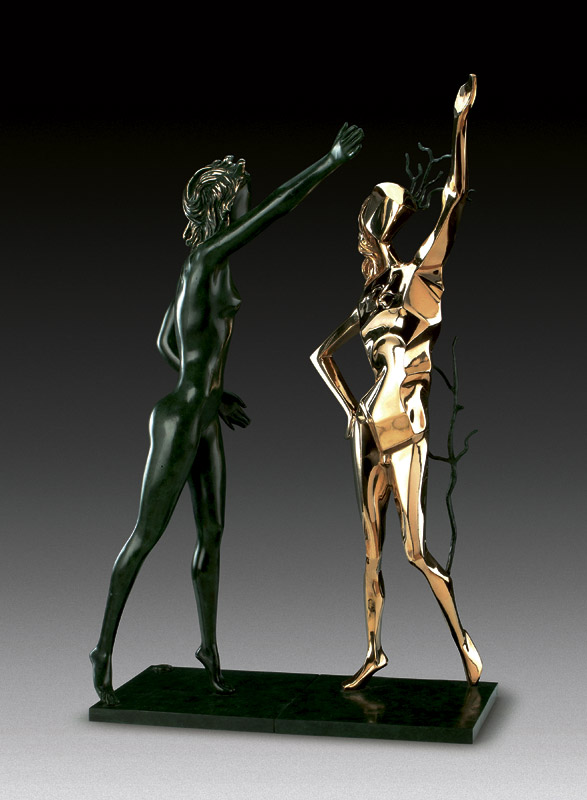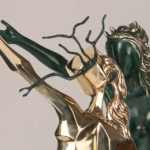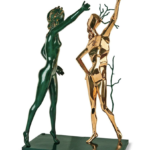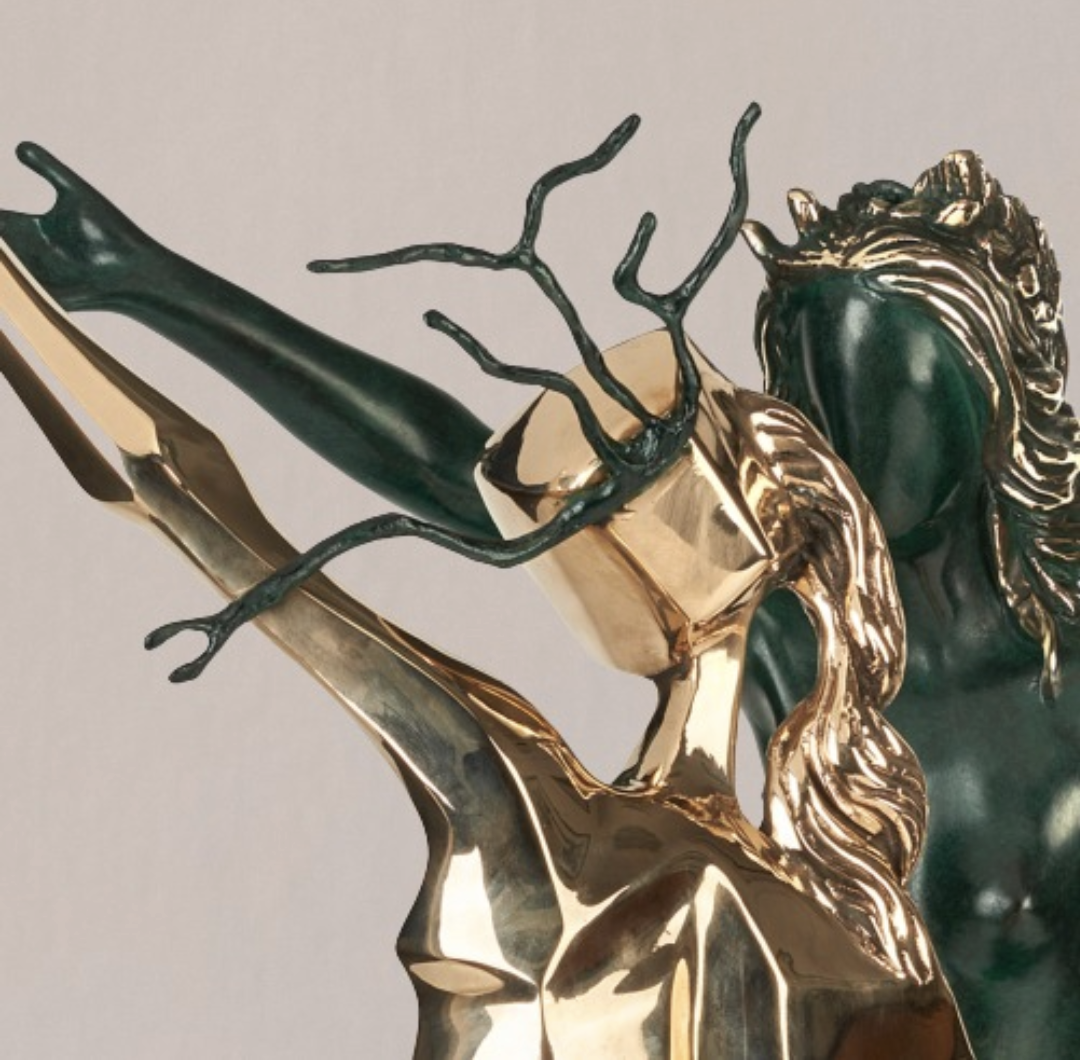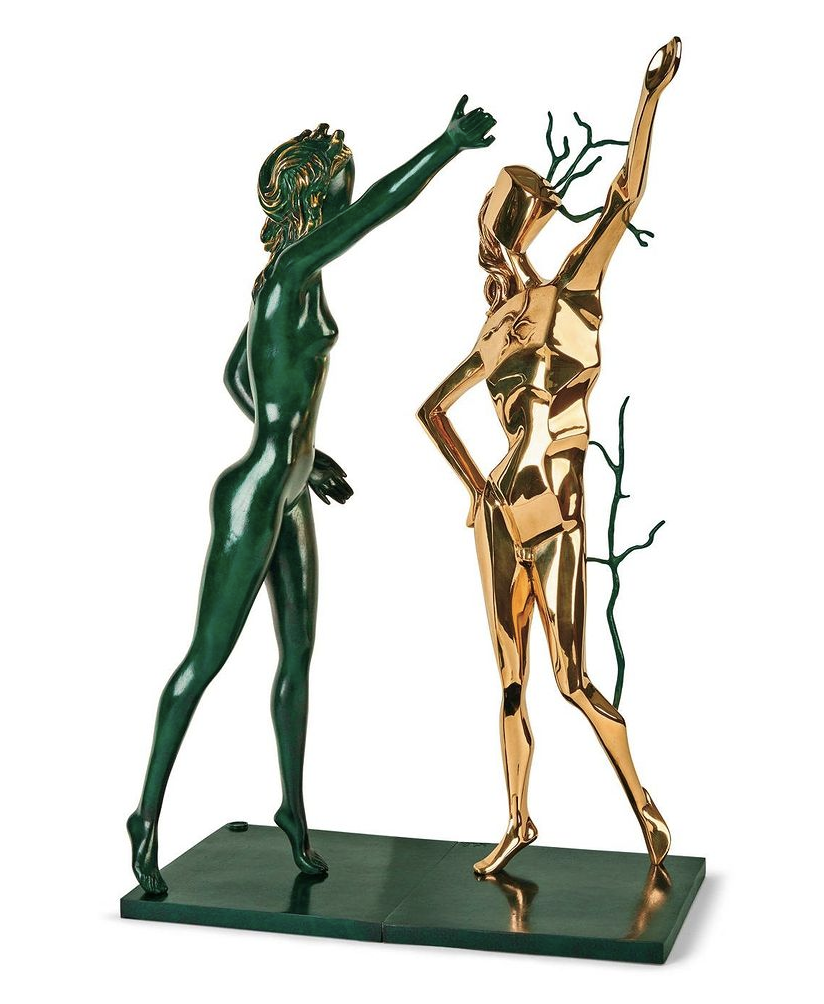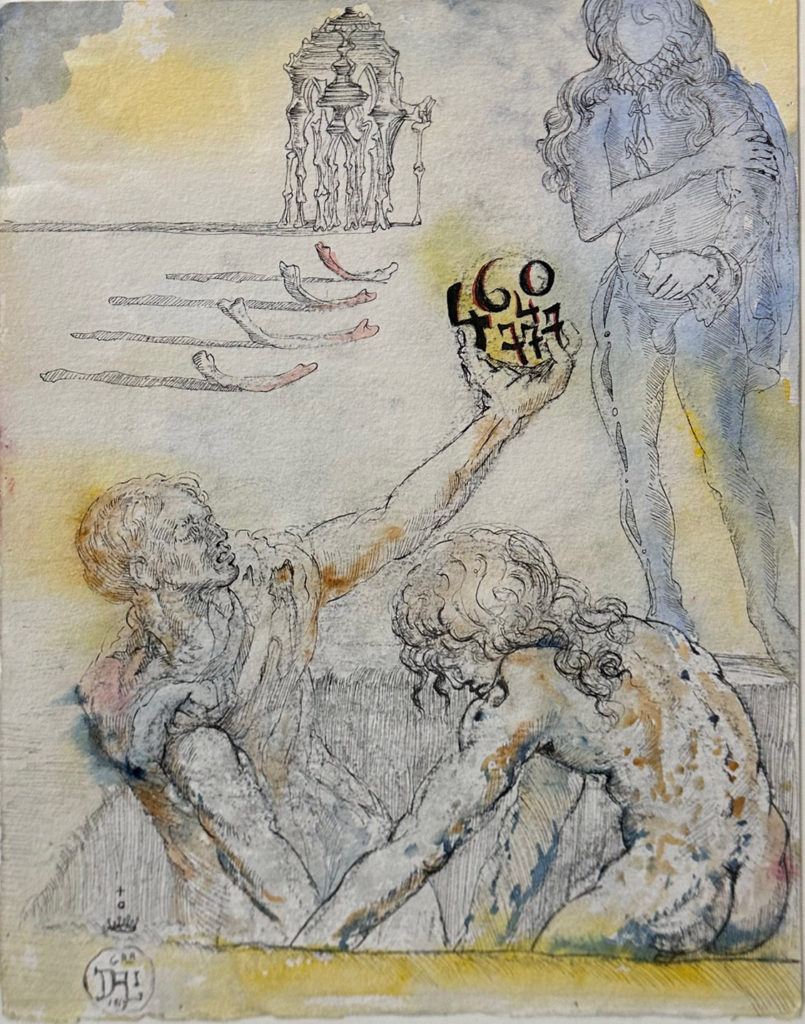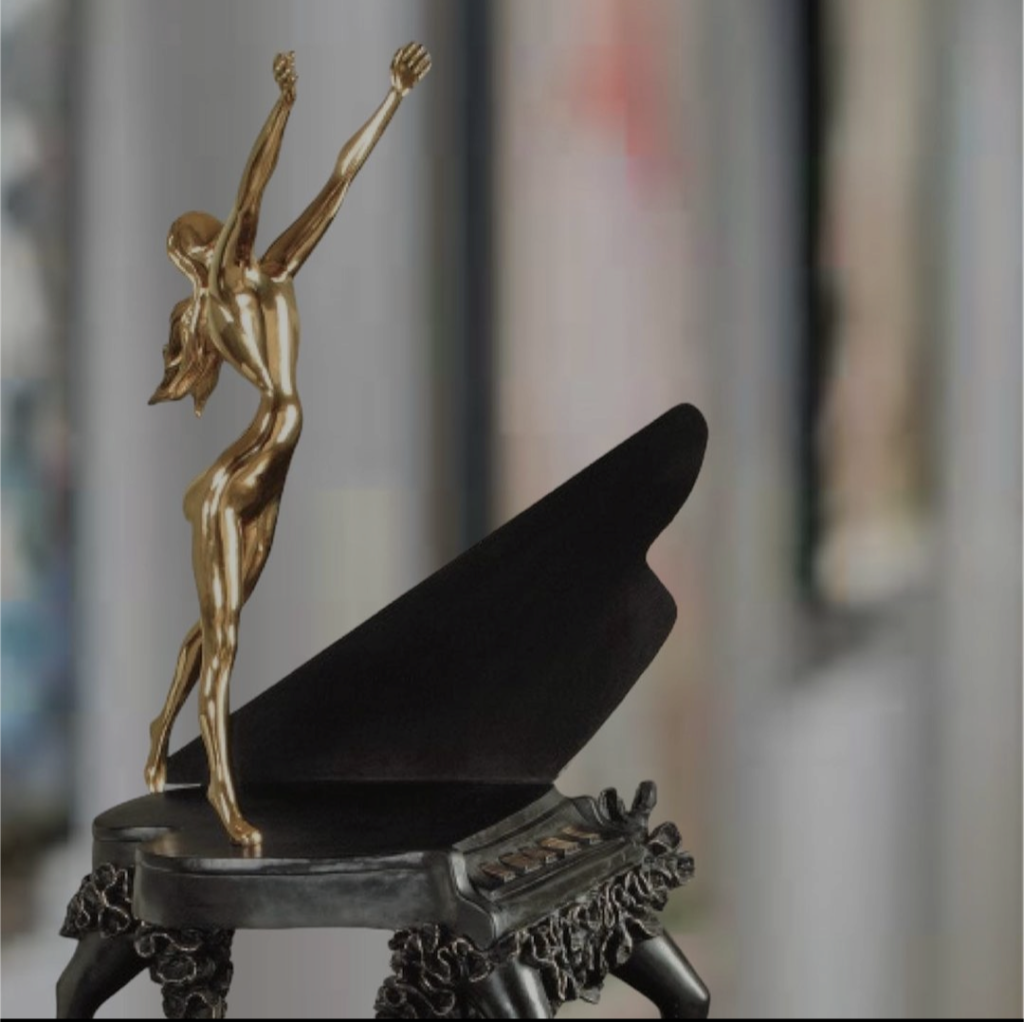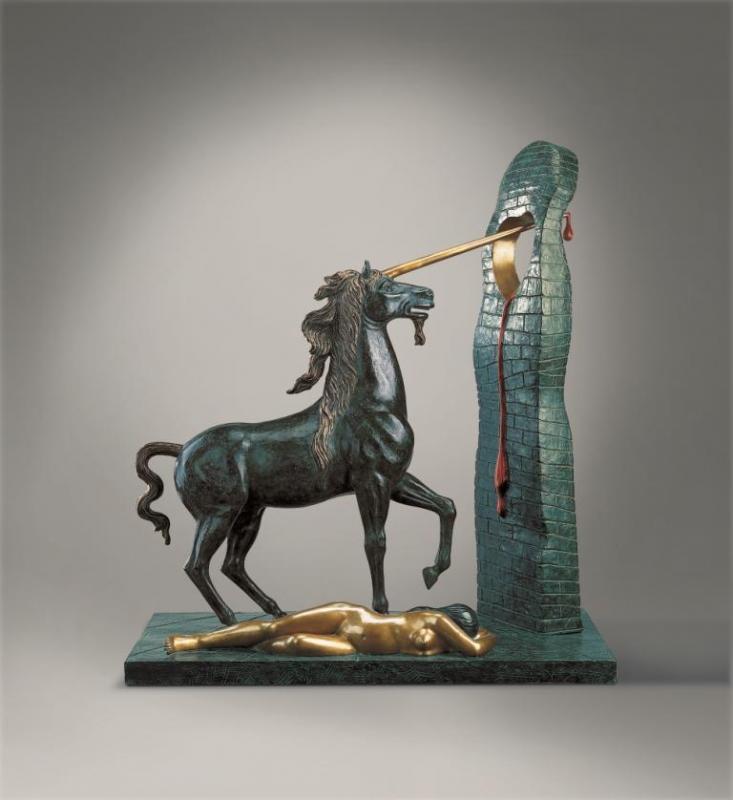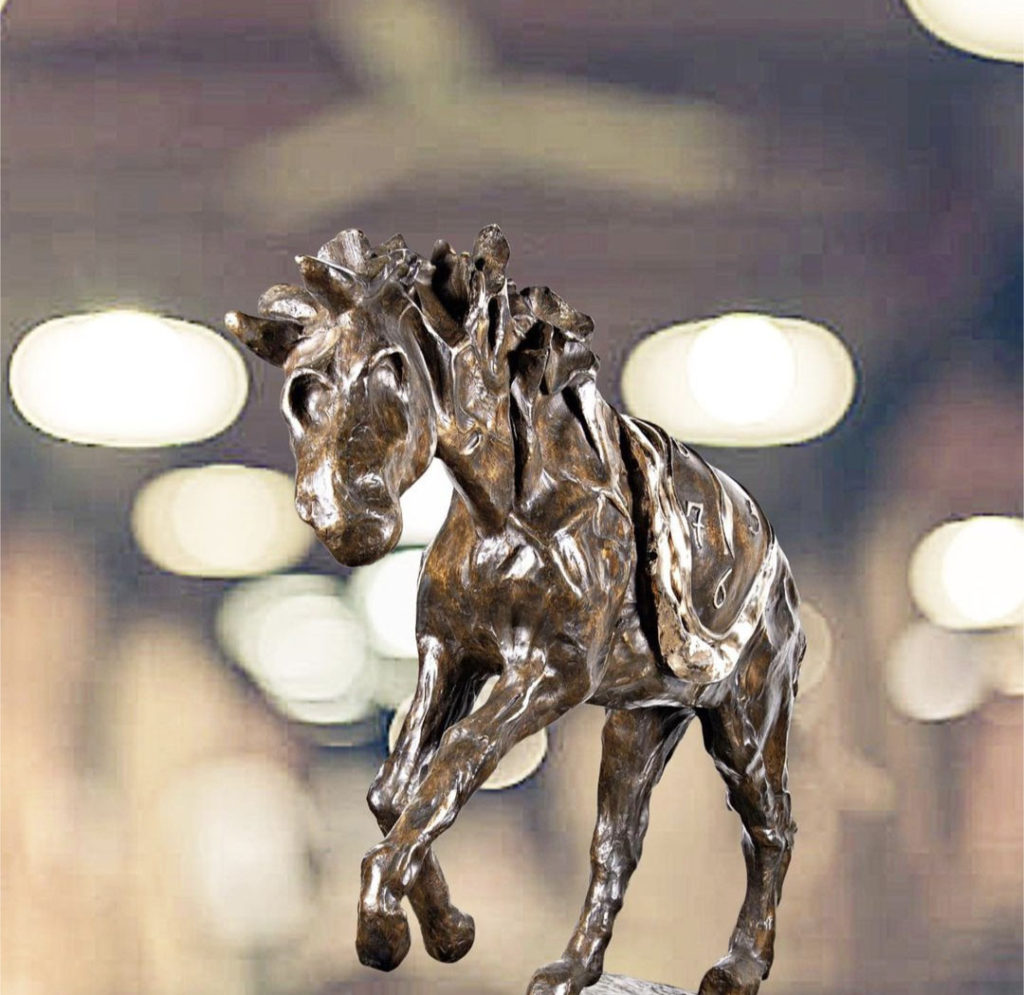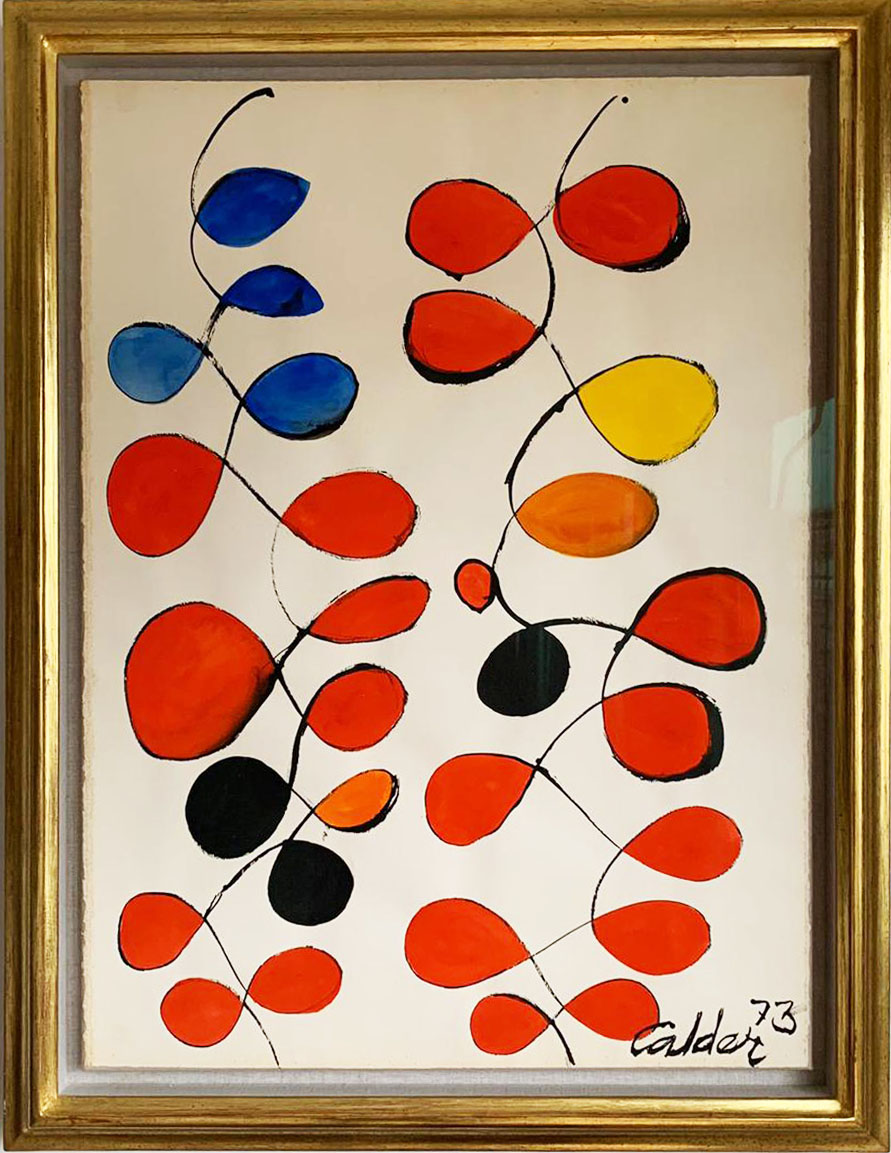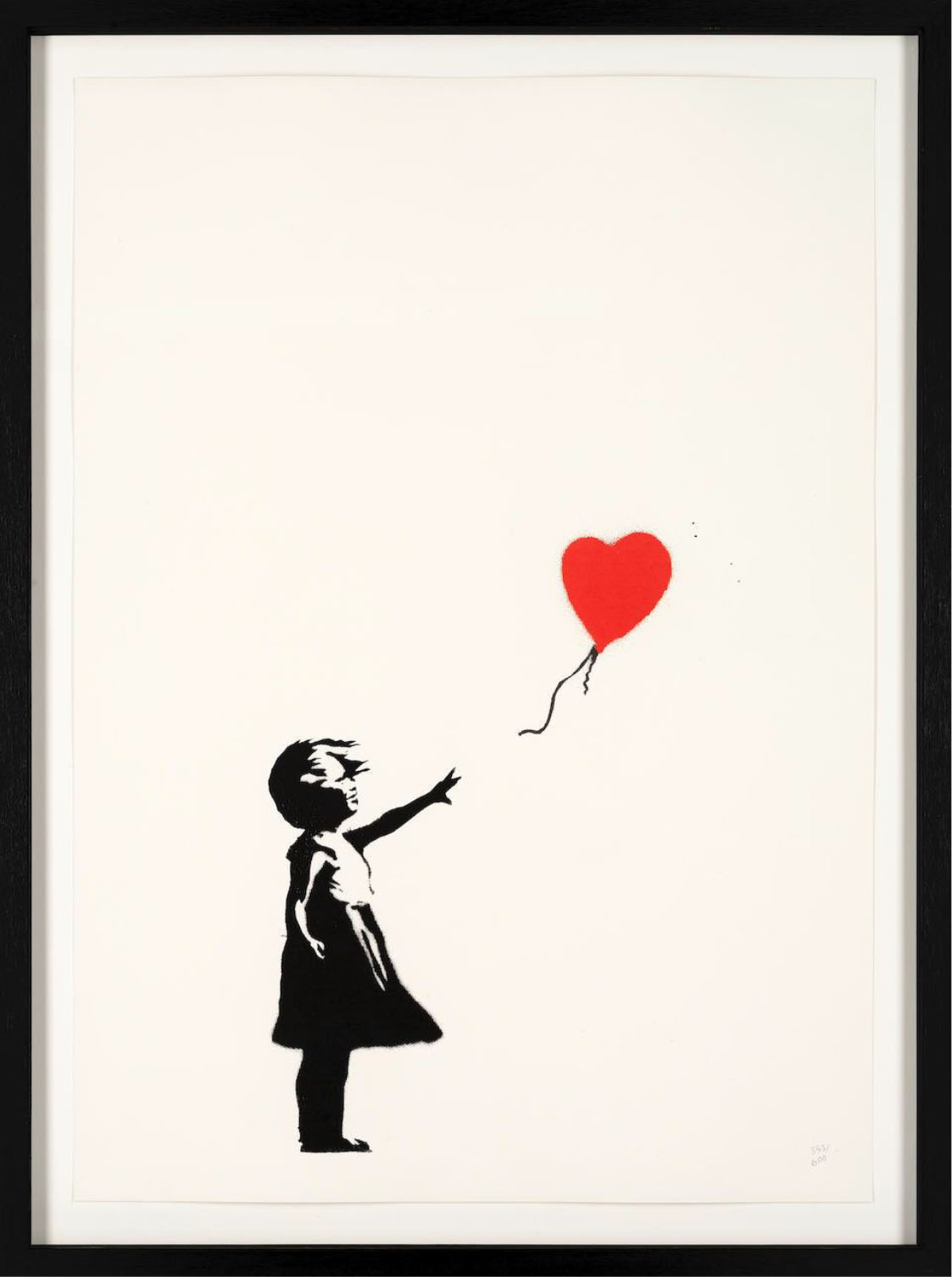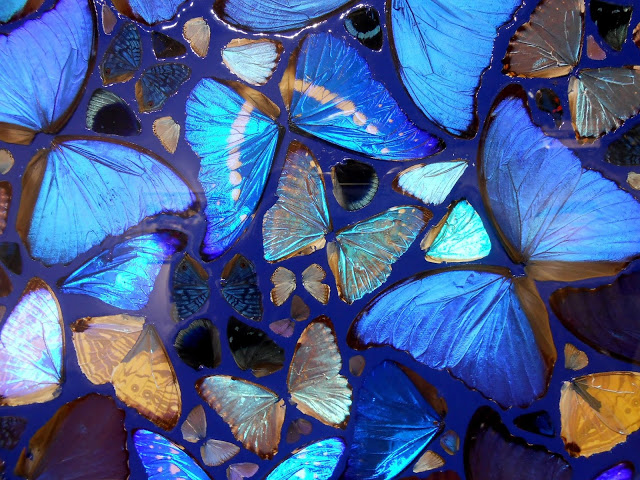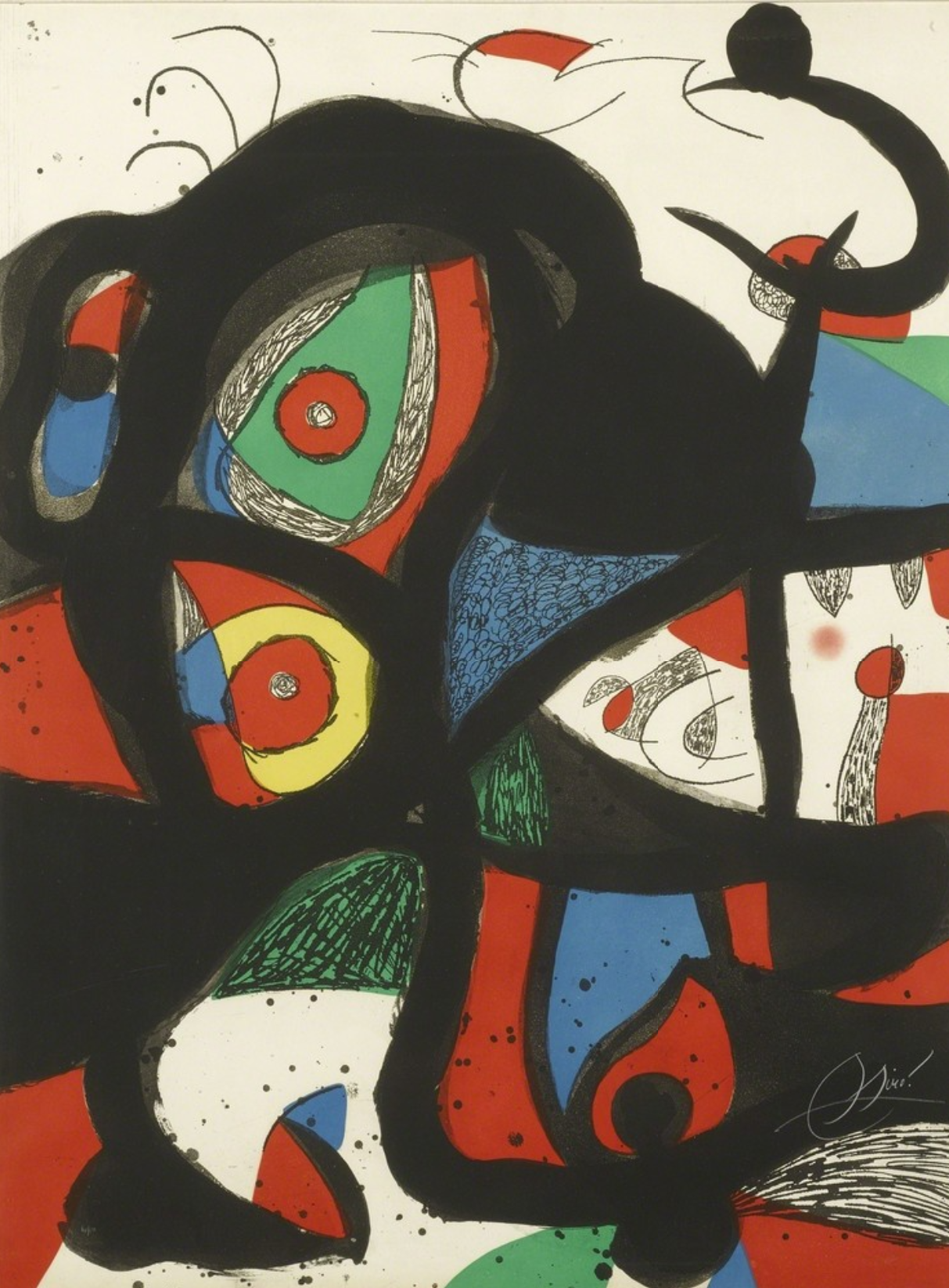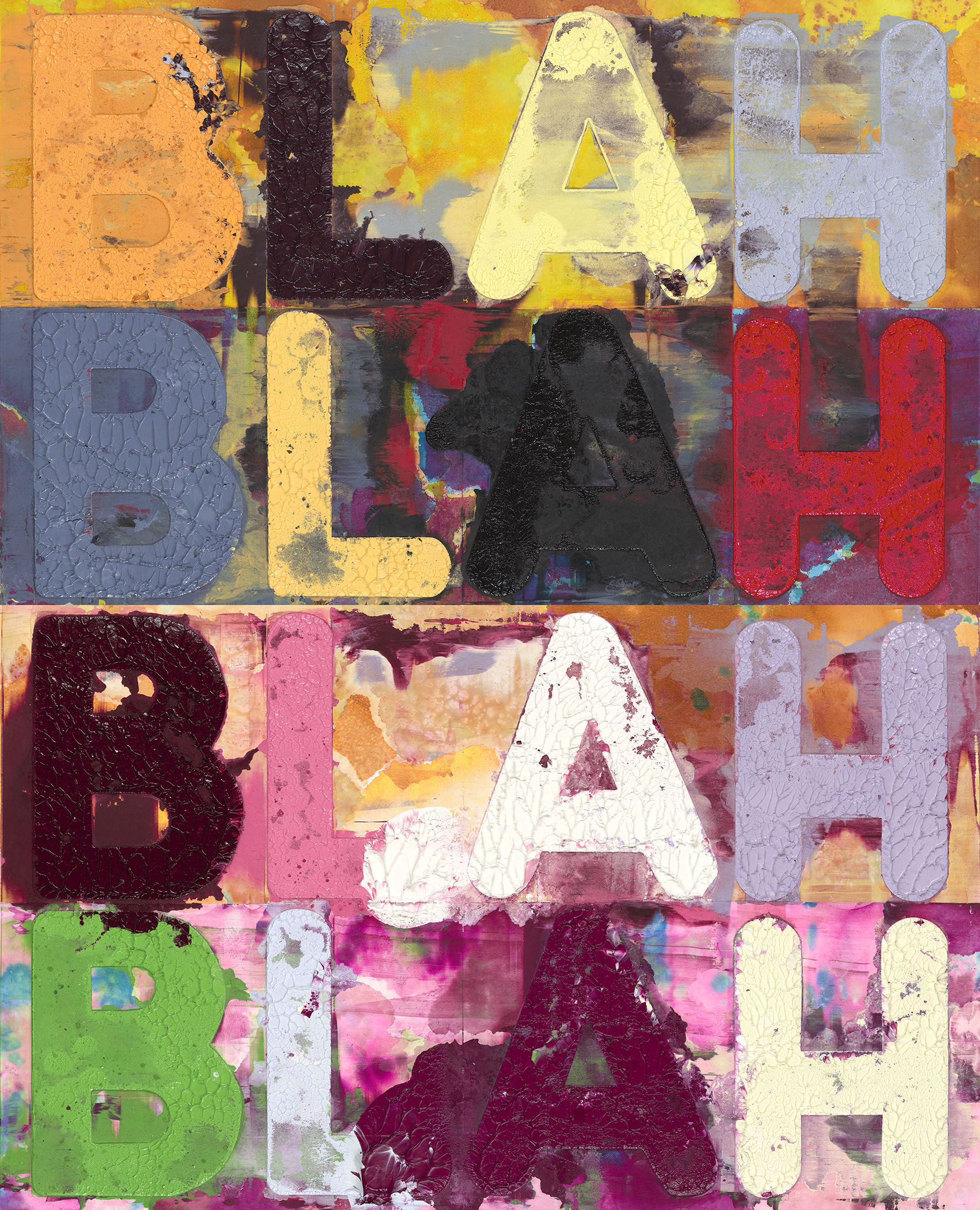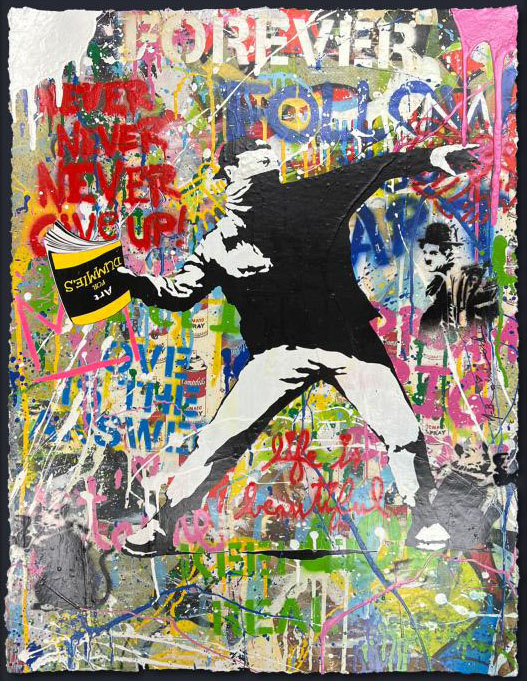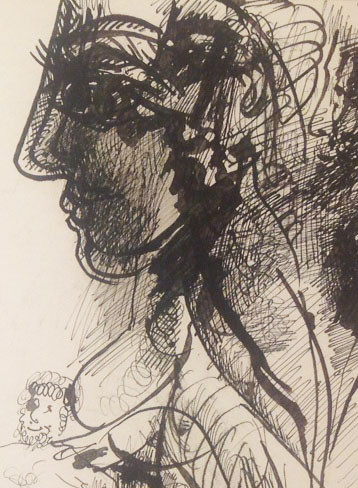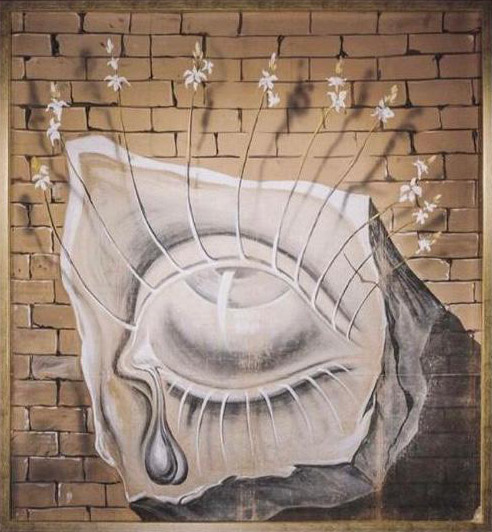Salvador Dali (Spanish, 1904-1989)
Homage to Terpsichore
conceived in 1977, first cast in 1984
Bronze edition of 350
Height: 70.5cm
Literature: Descharnes, R & N Dalí: The Hard and the Soft, Sculptures & Objects. Eccart, 2004. pg. 240 ref. 620
PRICE: Upon request
Terpsichore is one of the nine muses in Greek mythology; she was the goddess of dance and chorus. In his representation of Terpsichore, Salvador Dalí uses a reflected image, setting the soft, carnal muse against her “shadow”, the hardened, statuesque one. The elegant, sensuous figure of Terpsichore morphs into a geometrical body with sprouting branches. The two dancing figures make a striking composition, juxtaposing the classical with the cubist. Dalí profoundly admired and respected Classicism and was also familiar with the techniques of Cubism pioneered by his contemporary Pablo Picasso. As a young artist, Dalí had his own Cubist phase during the 1920’s which is reflected in several of his paintings, notably Cubist Self Portrait (1923). The dancer with the smooth and classical form represents Grace and the subconscious. The other angular, abstract figure represents the ever-growing and chaotic rhythm of modern life.

